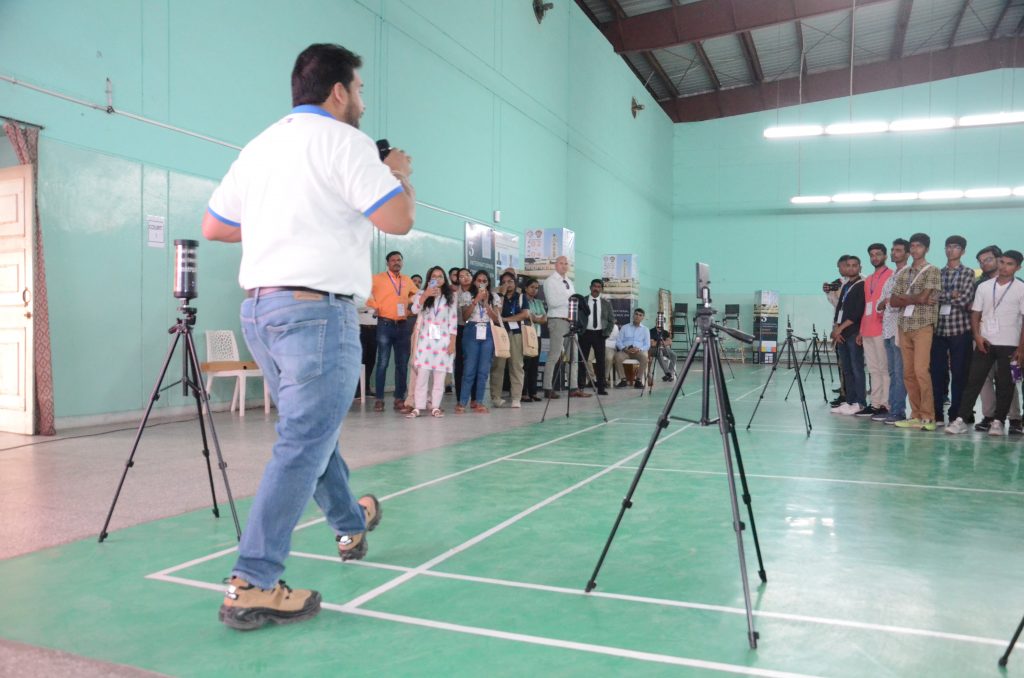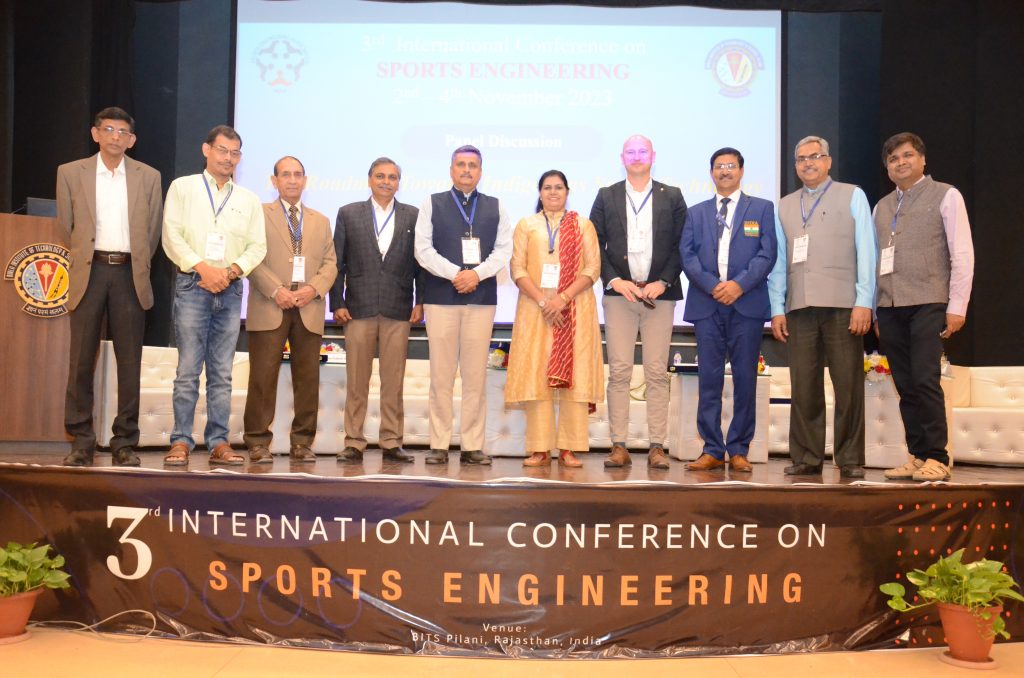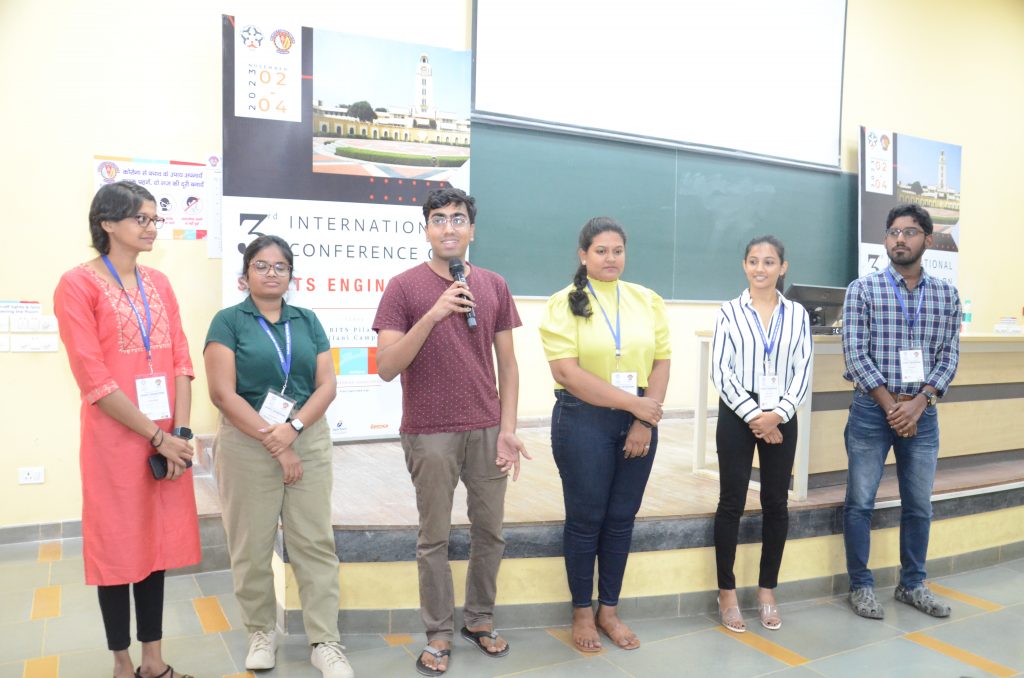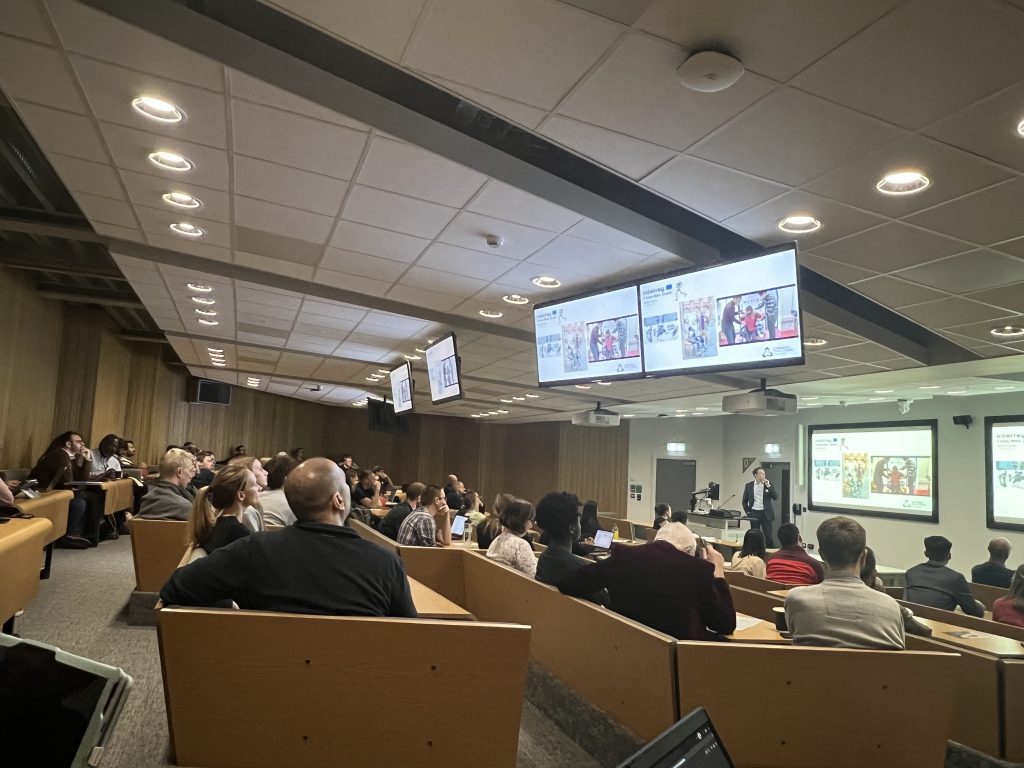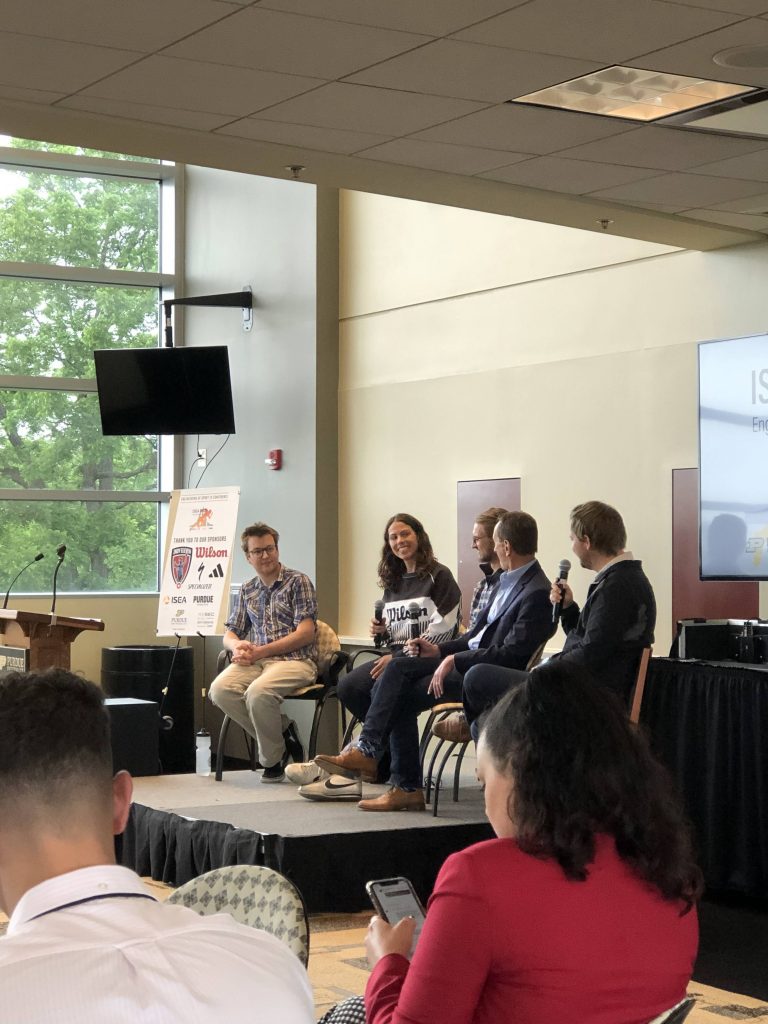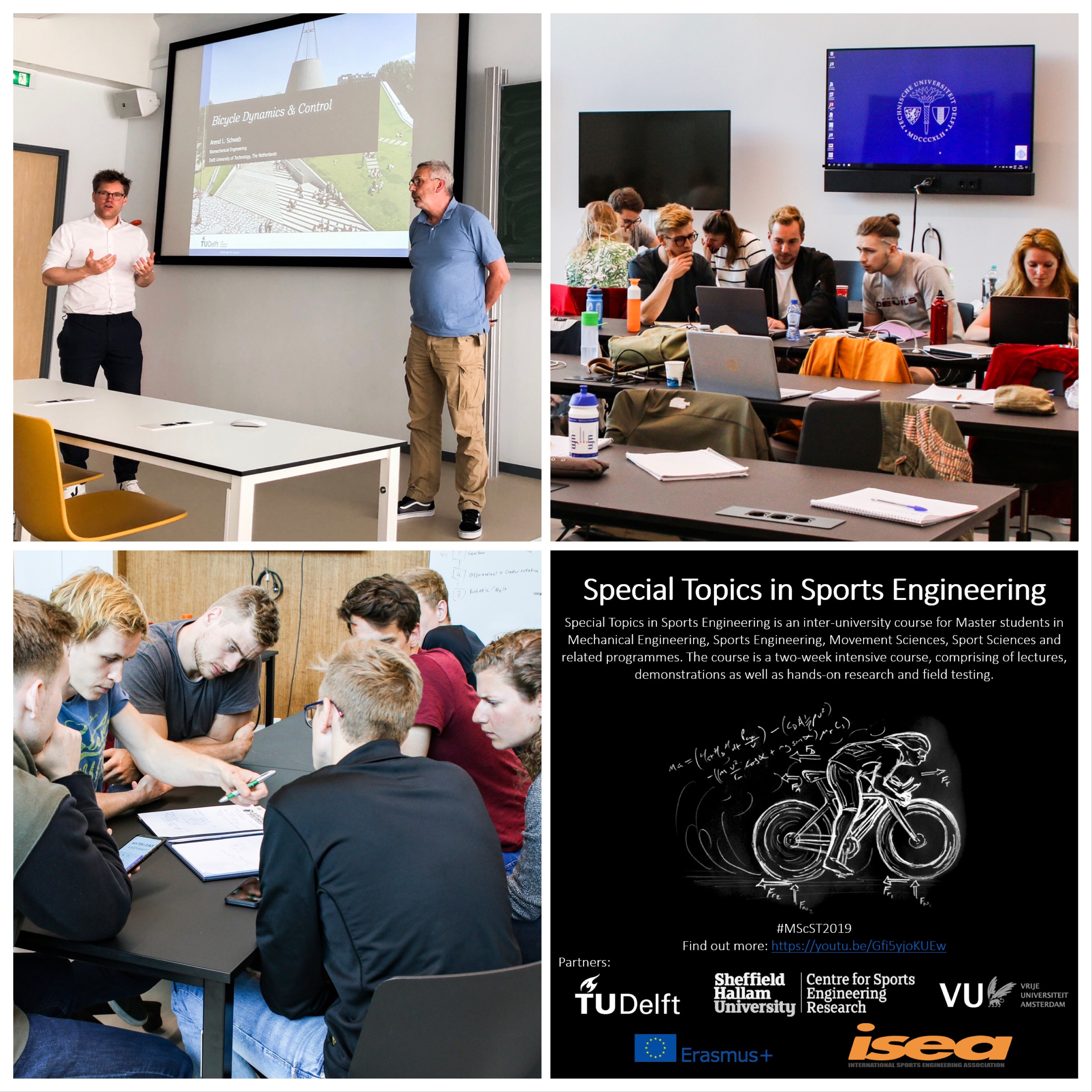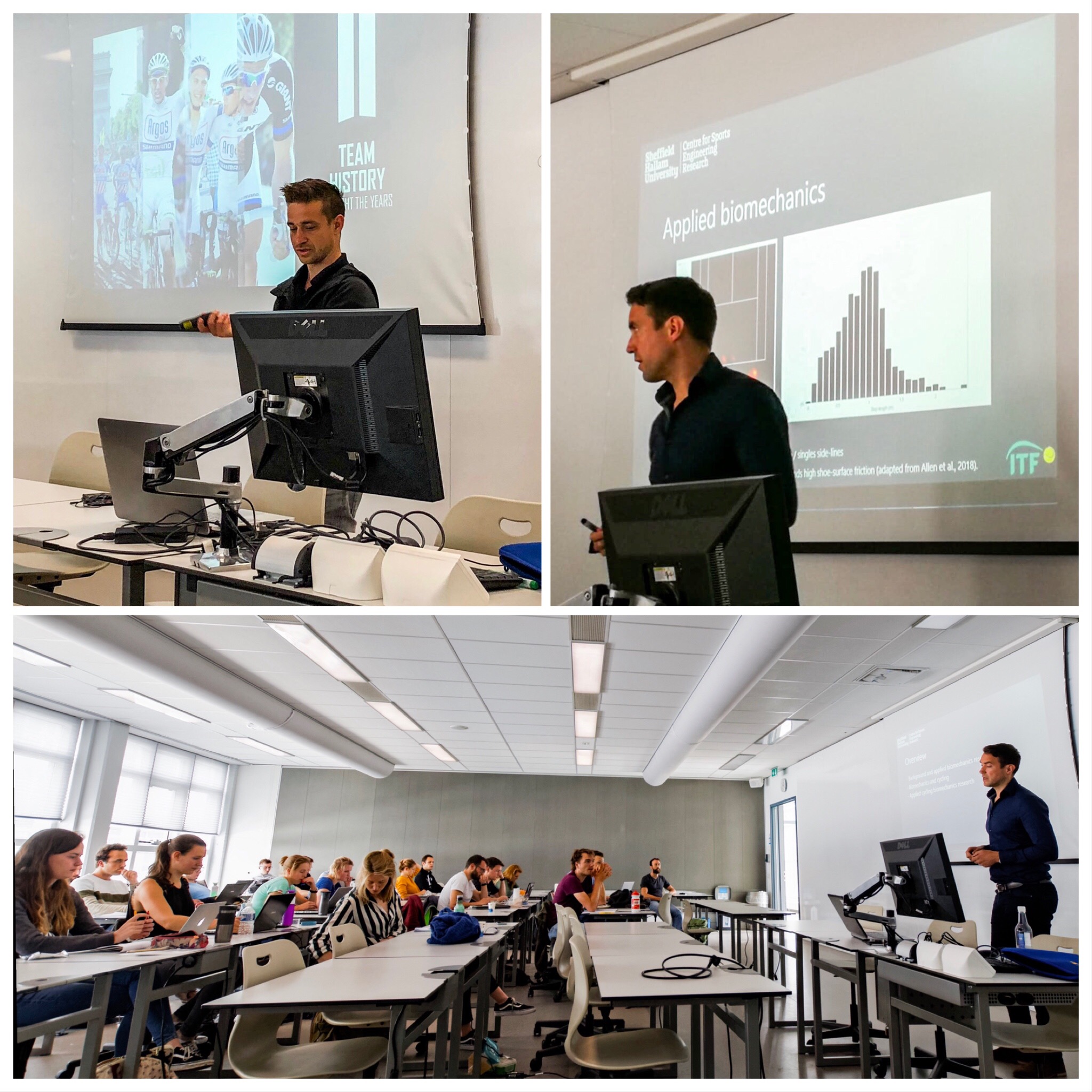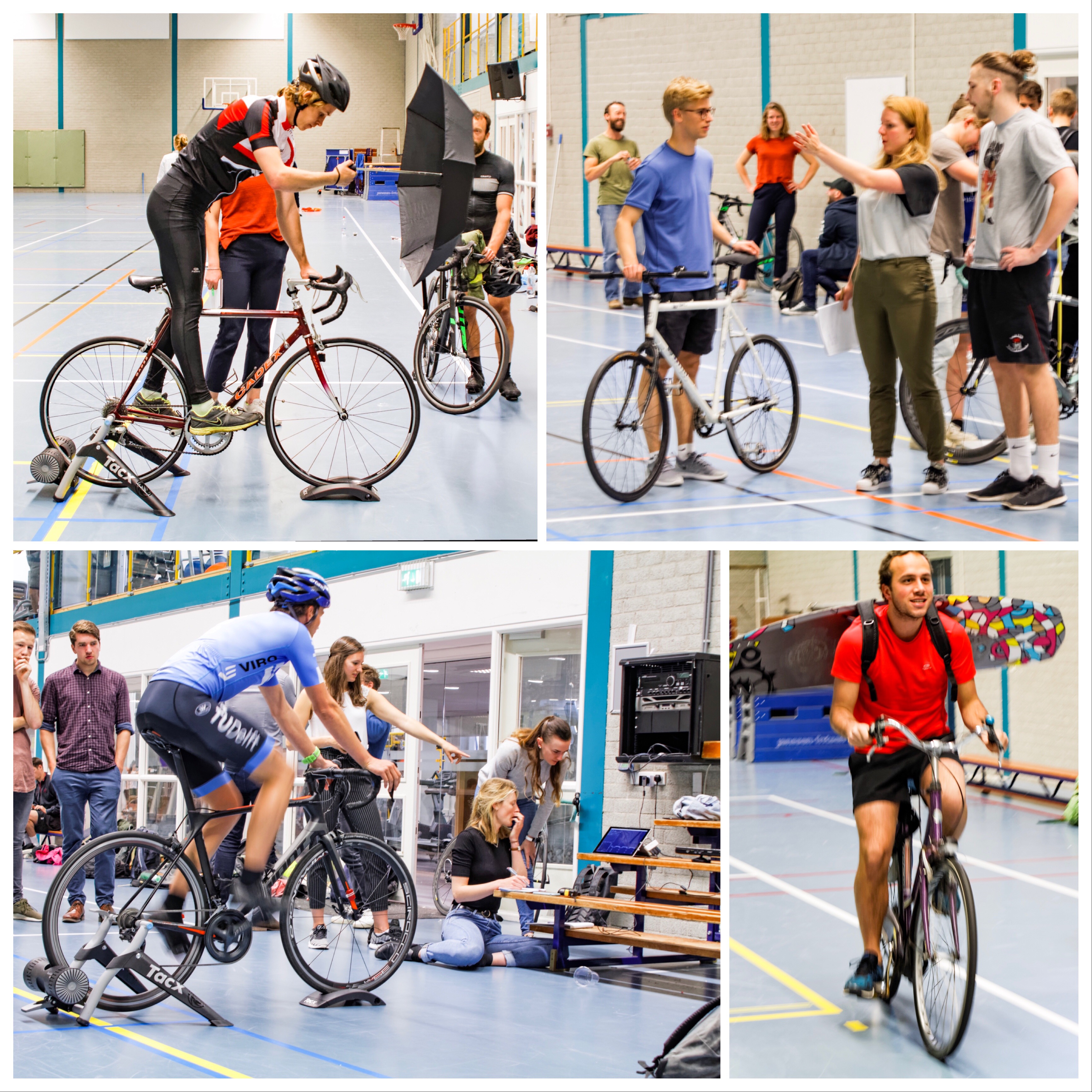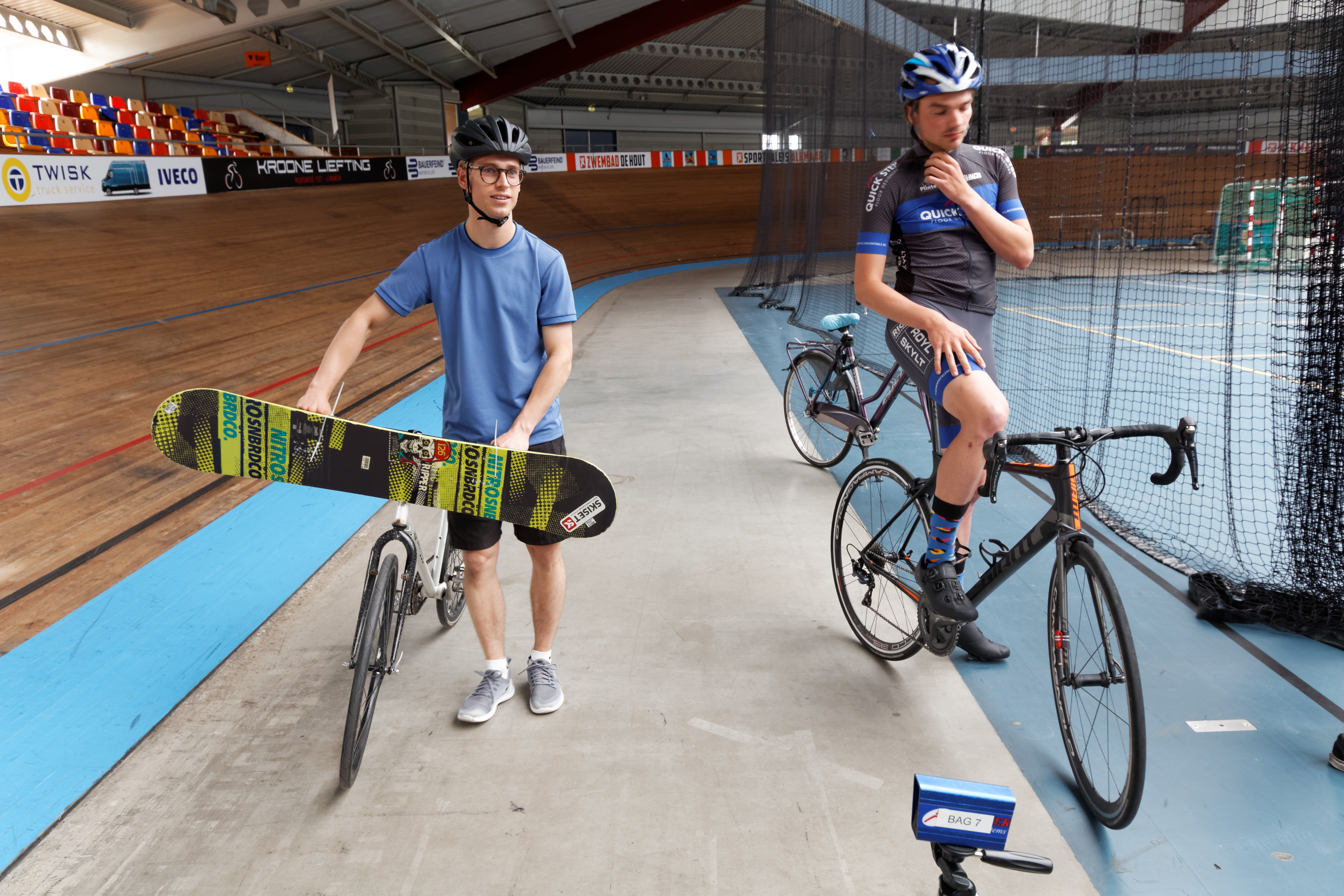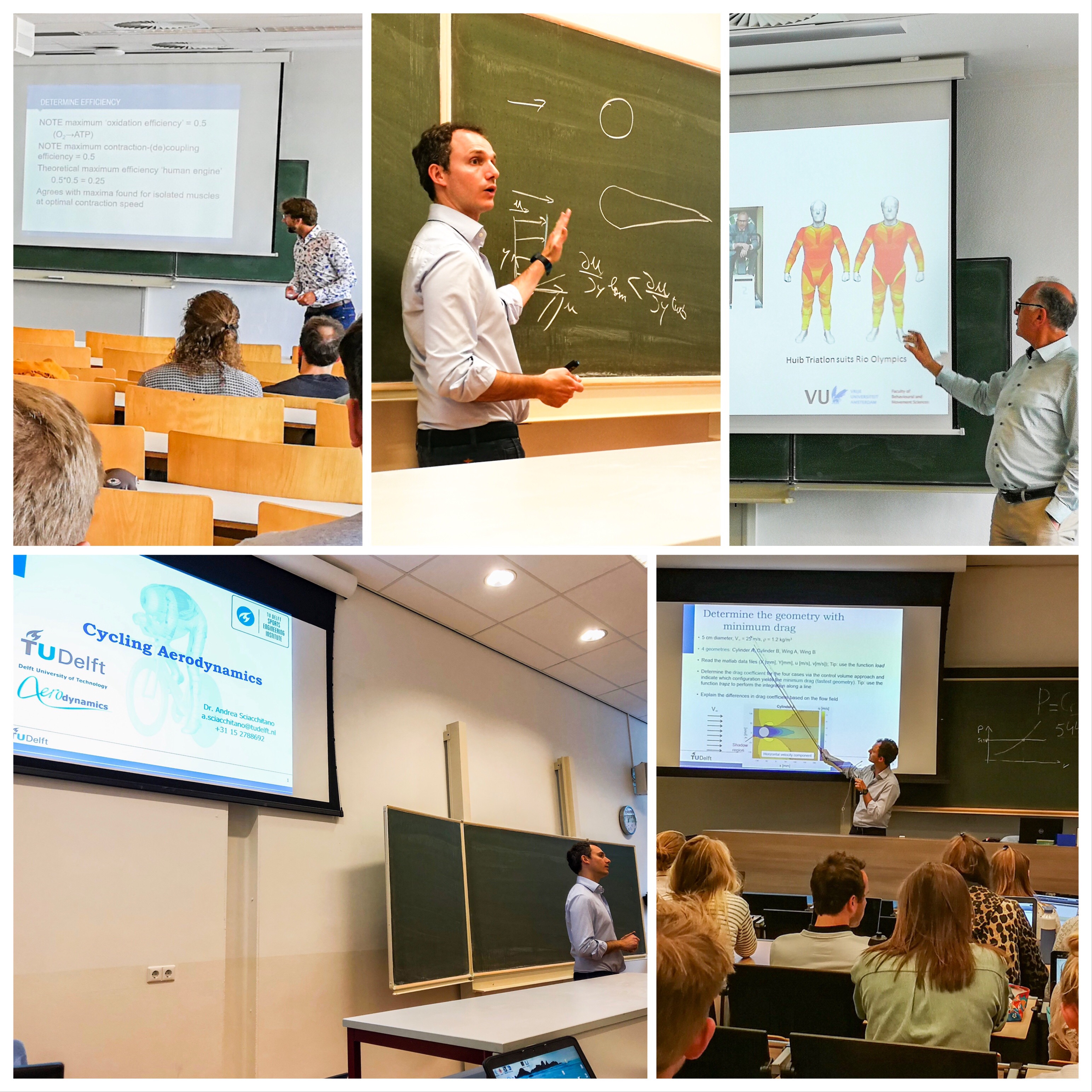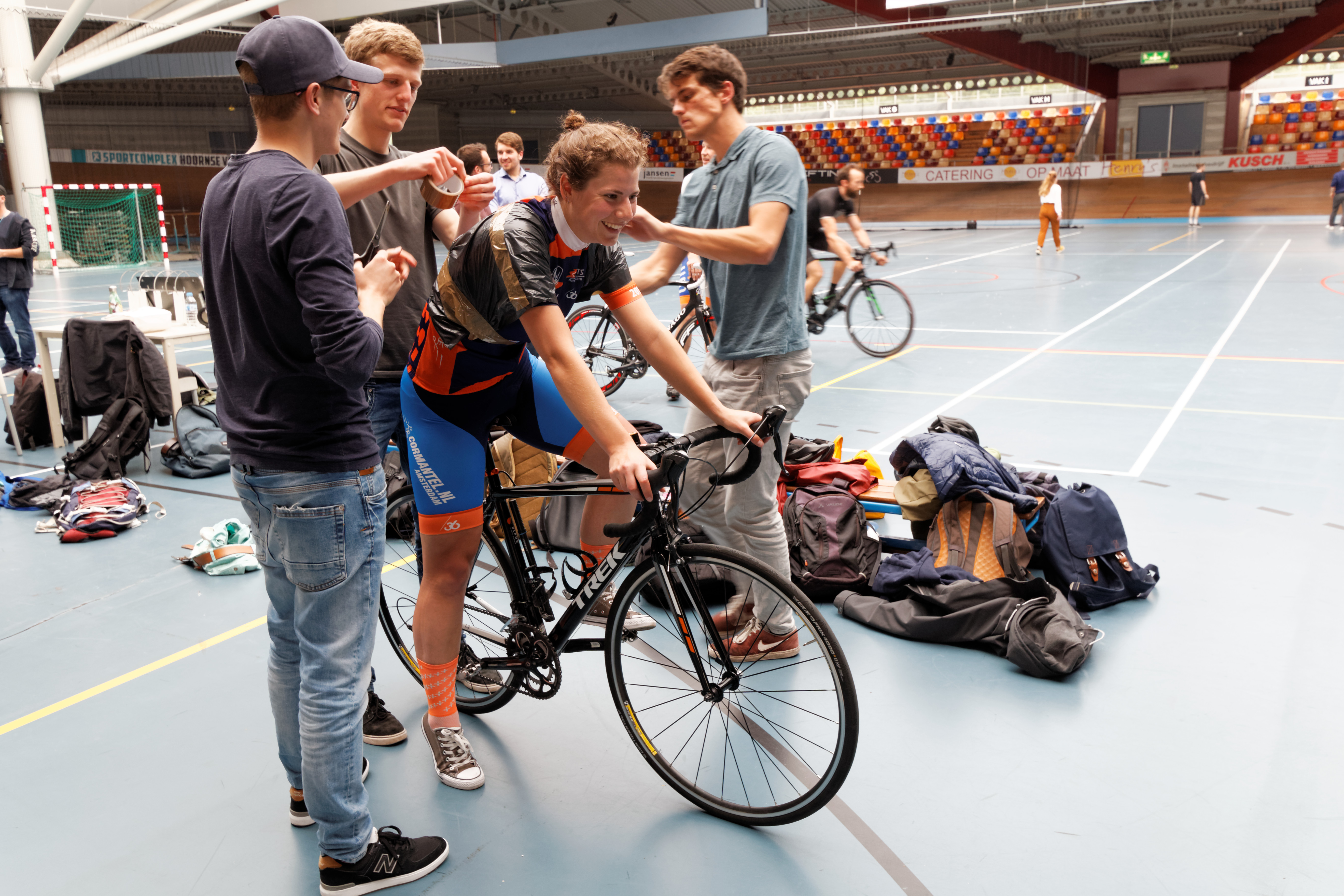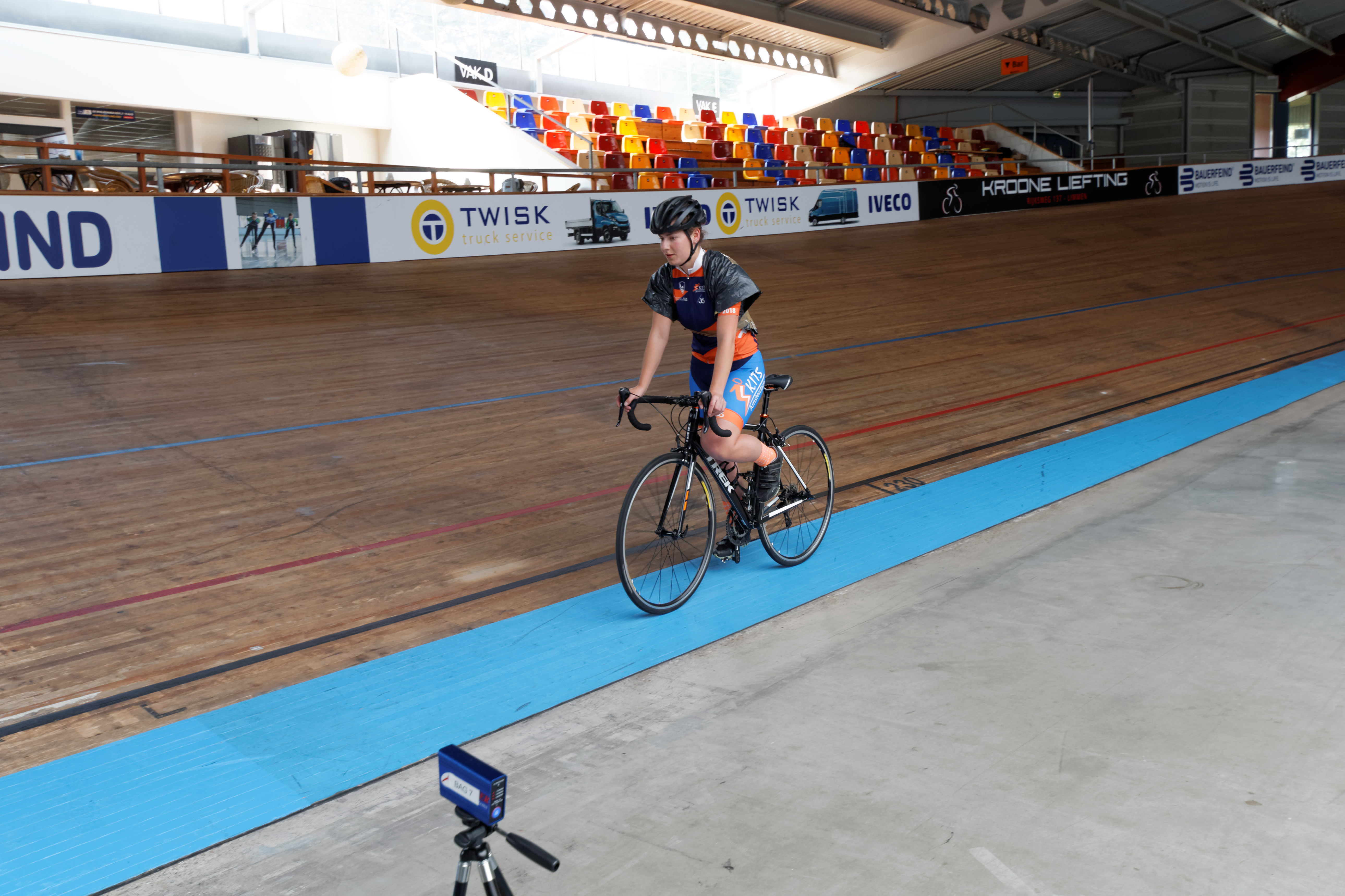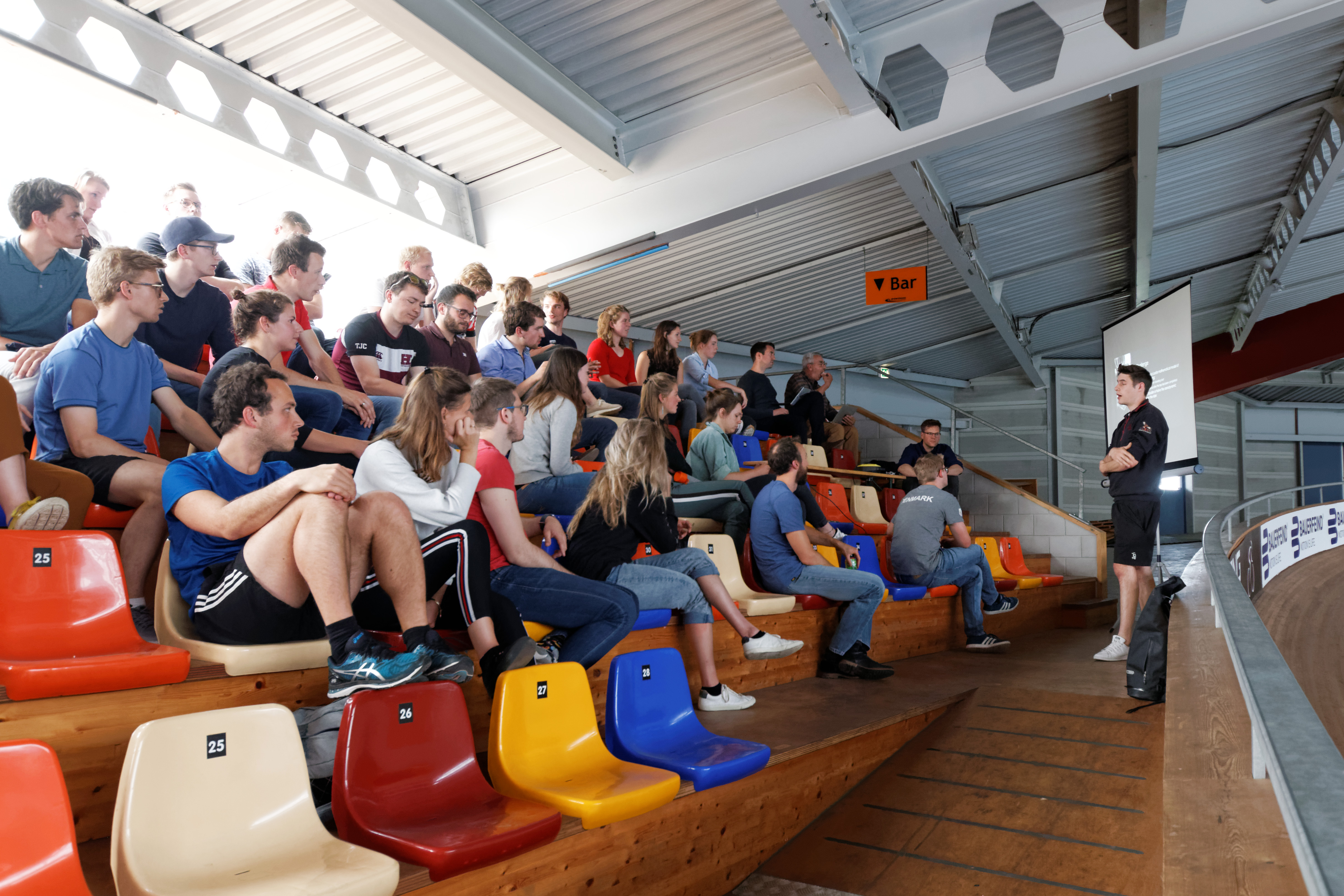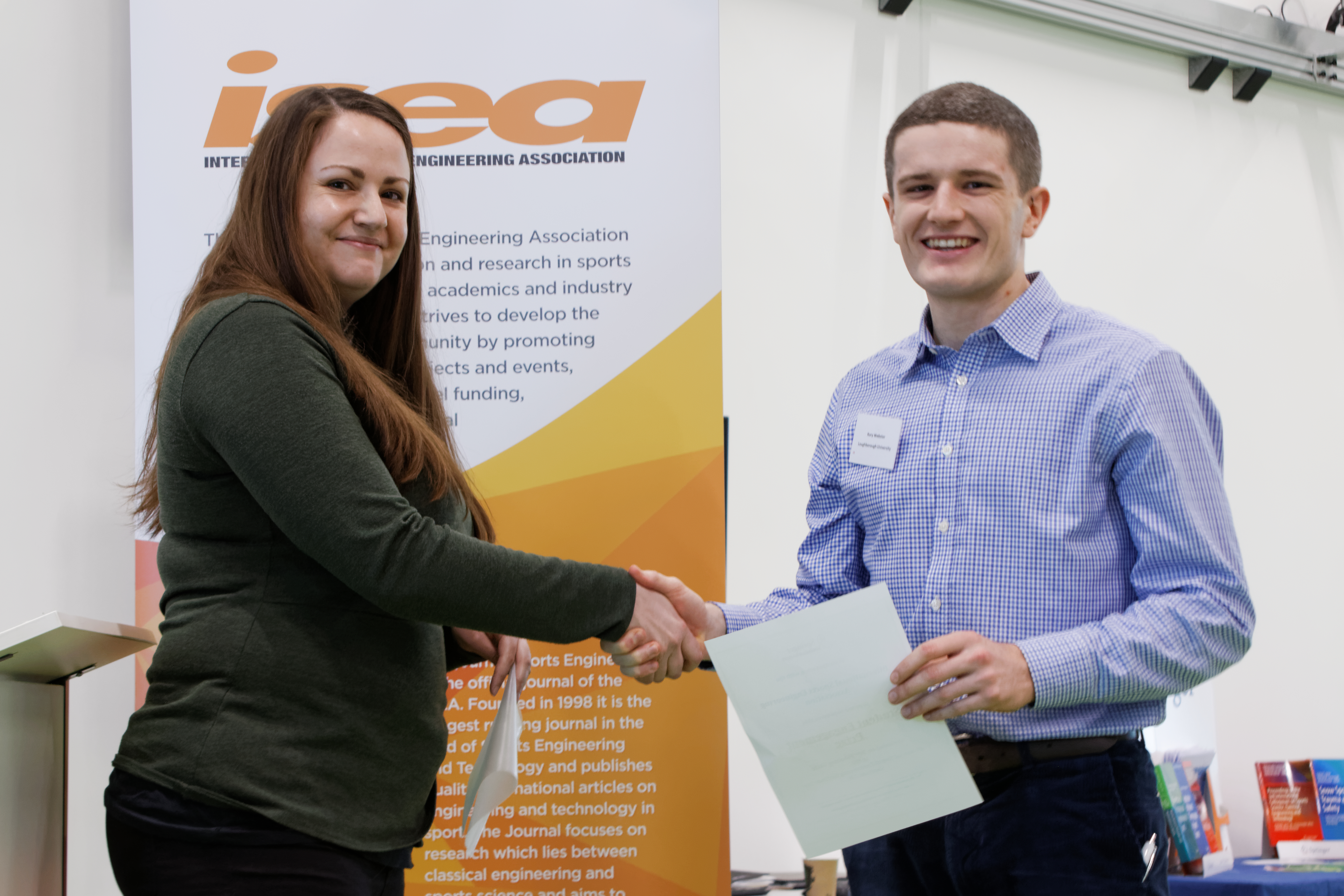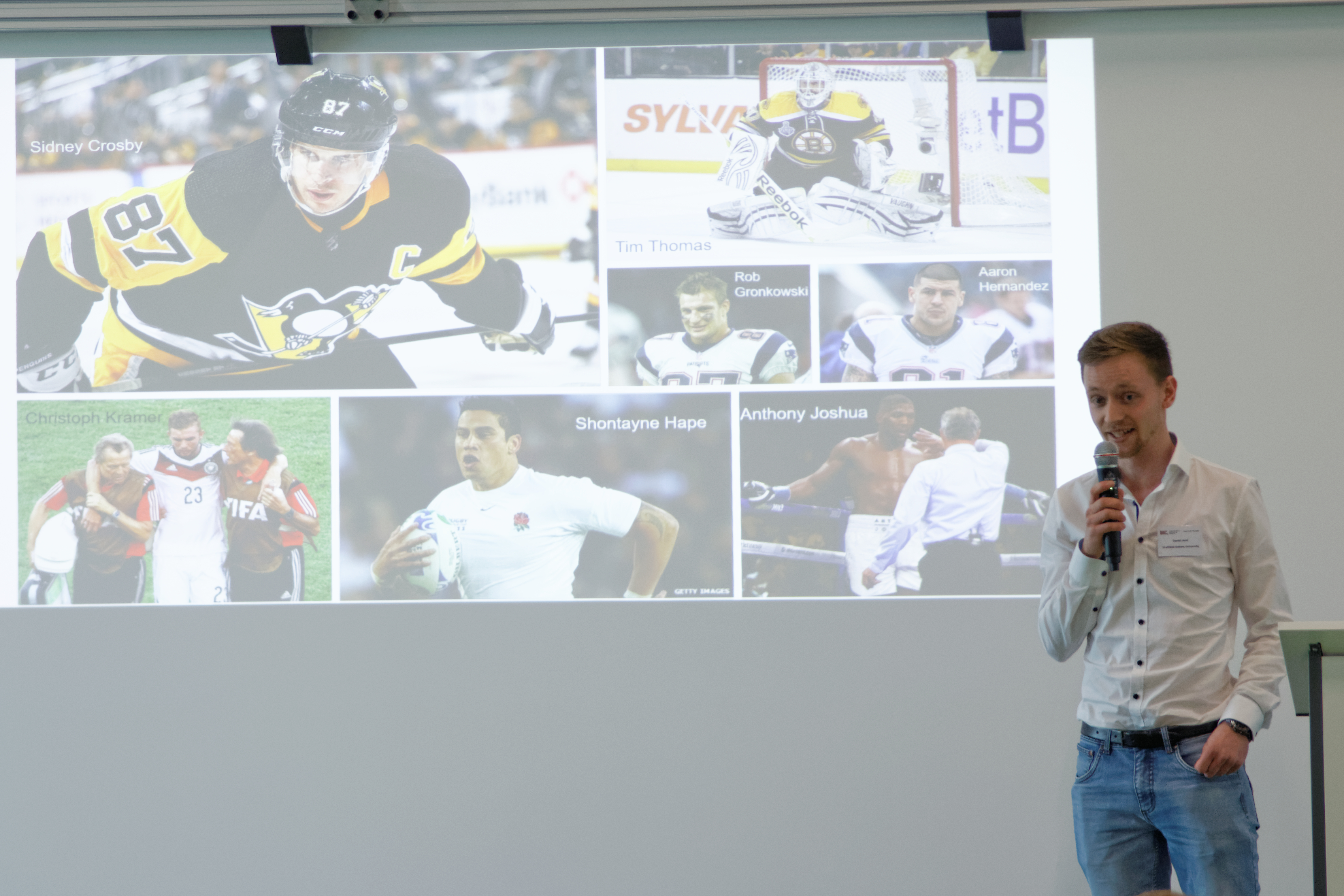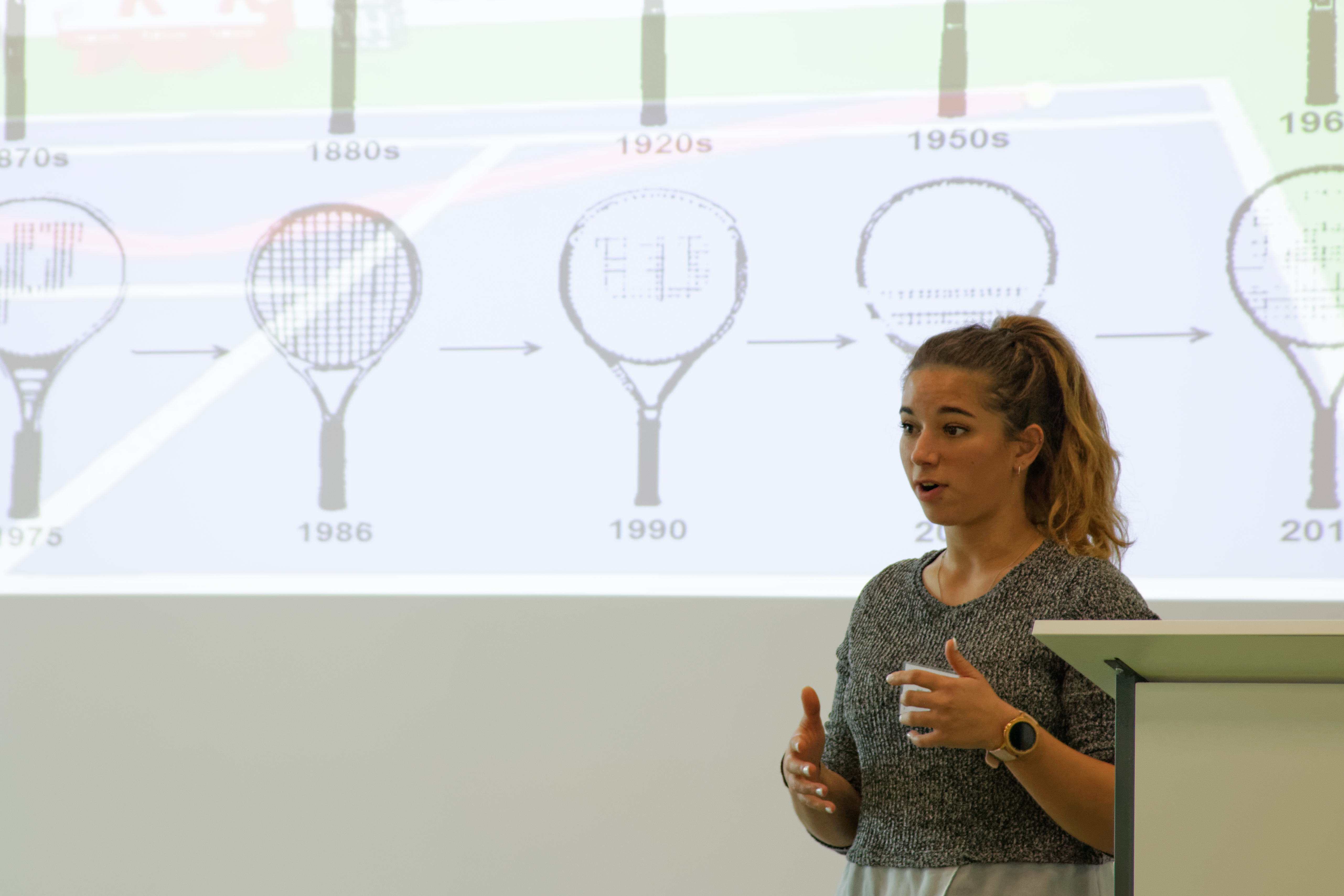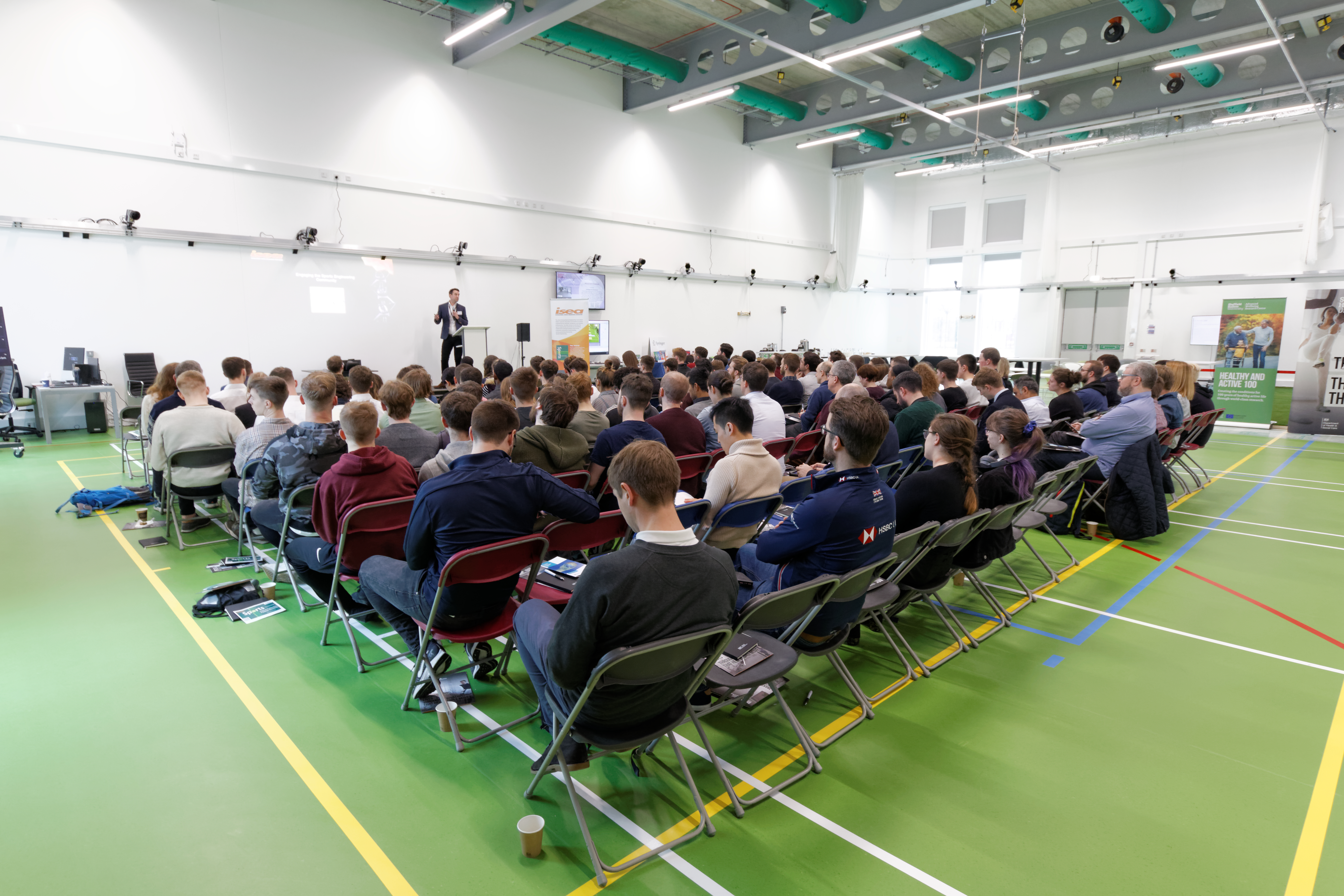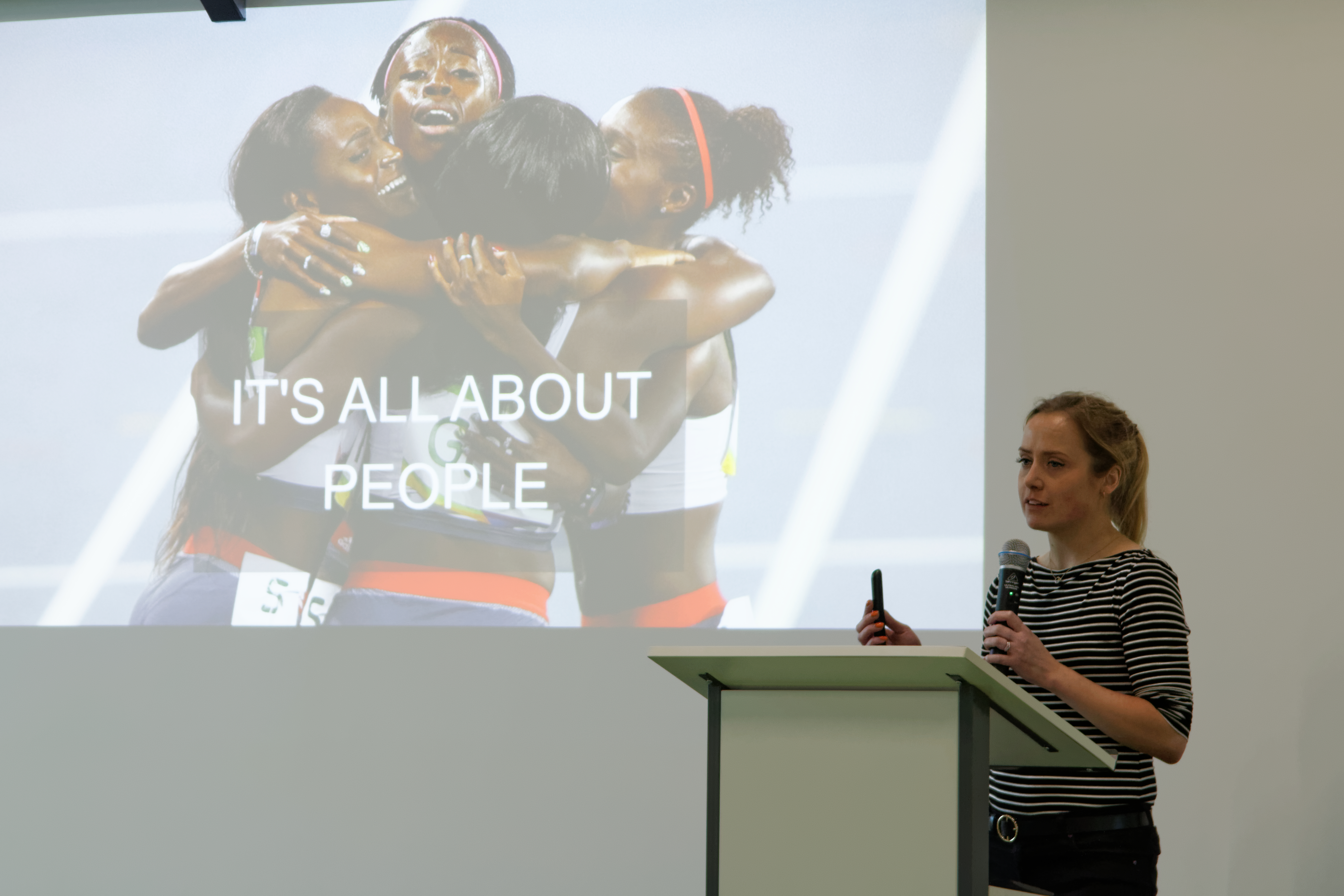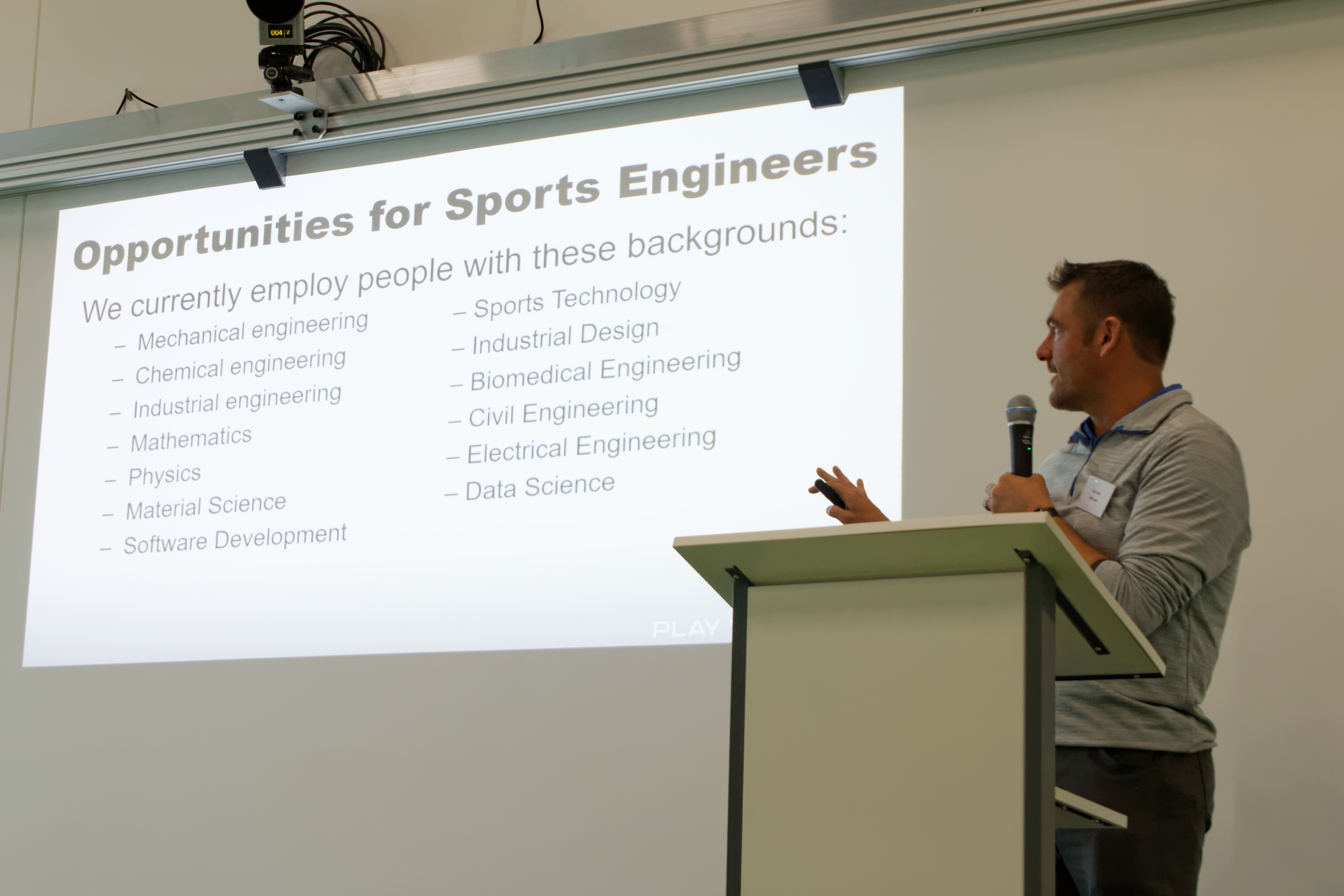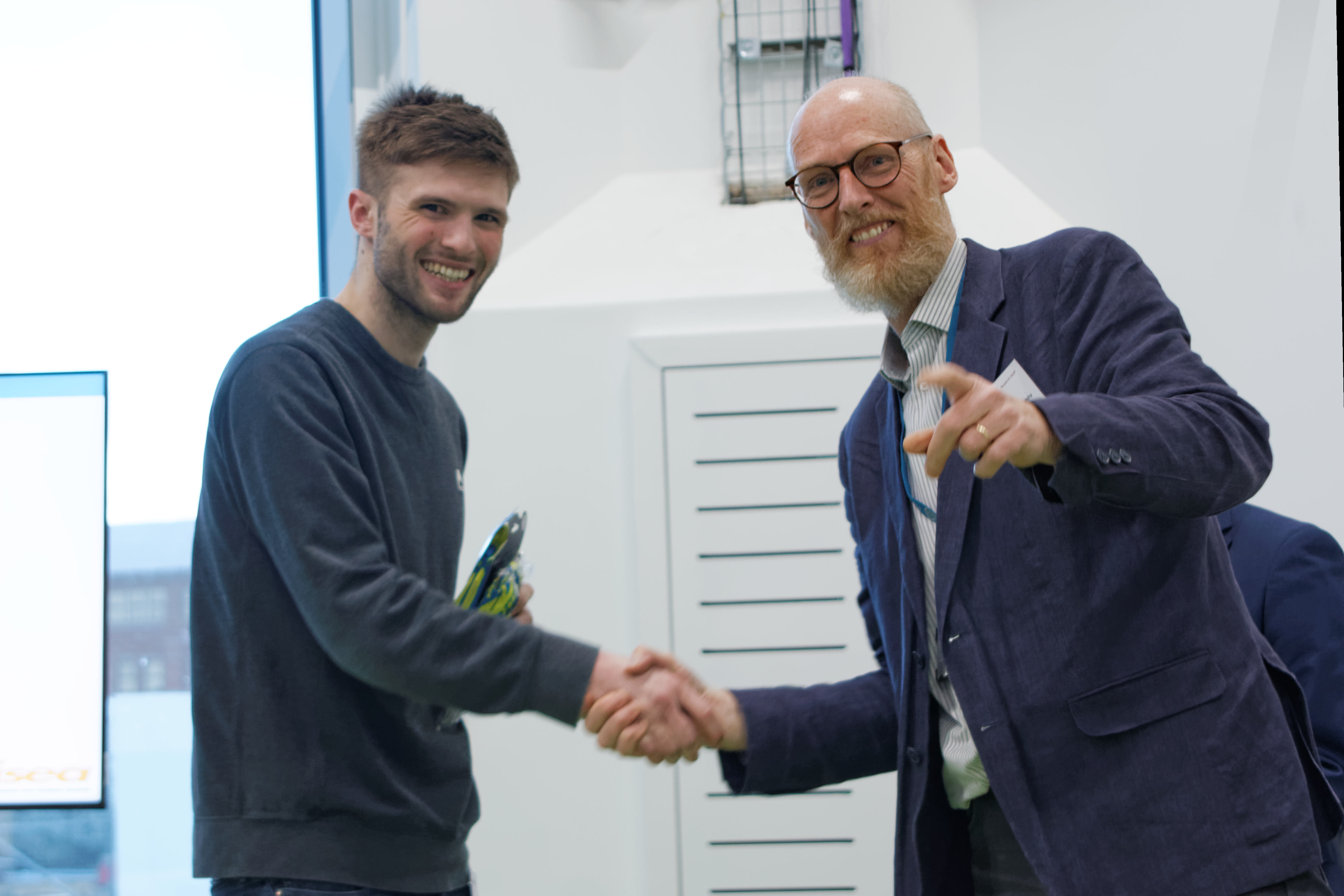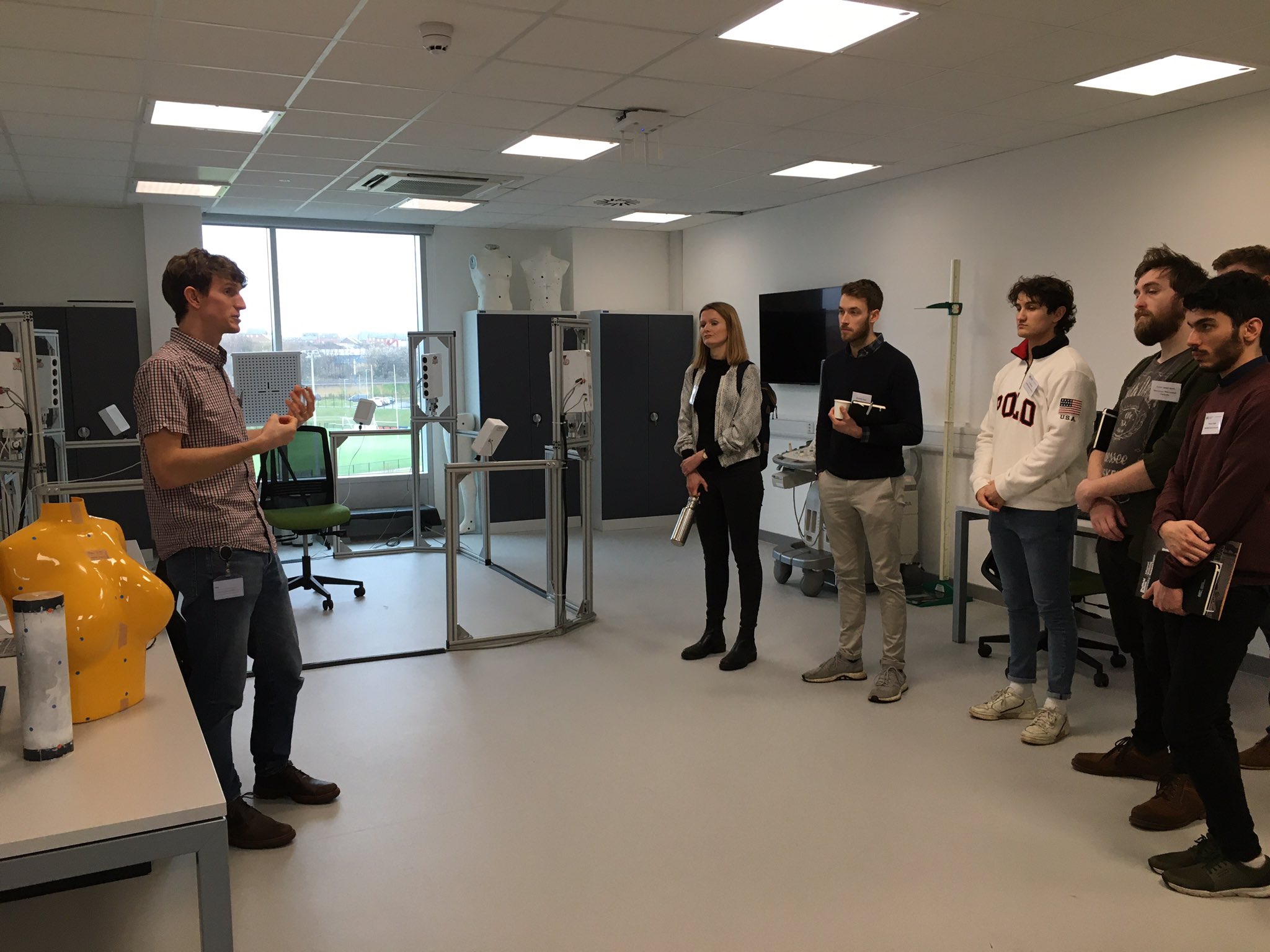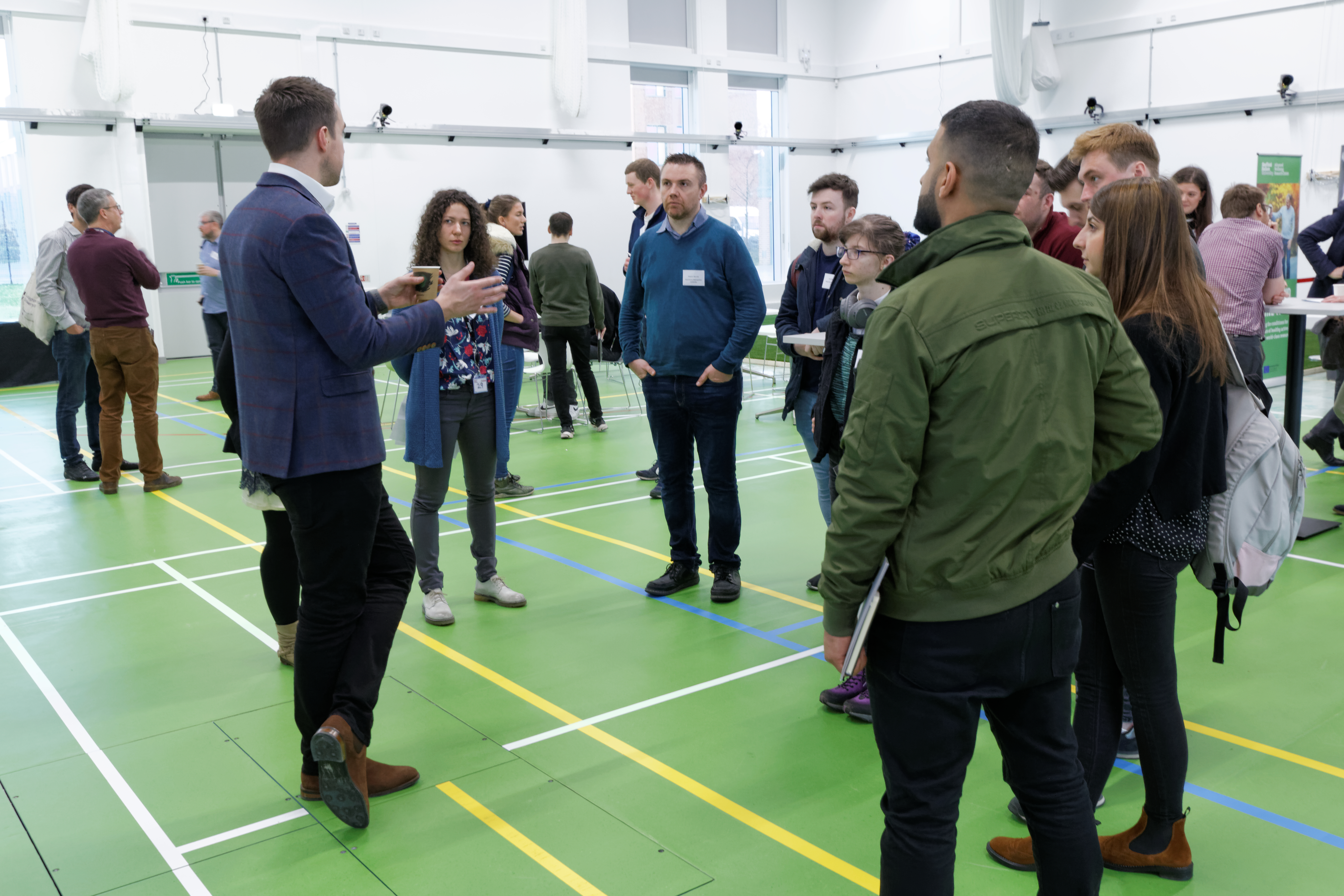Sports Engineering Seminar Day 2024
The funding was used to support Nottingham Trent University in hosting the annual Sports Engineering Seminar Day 2024. The event was targeted at students and academics currently active in the field of Sports Engineering and associated disiplines. We had over 100 people register for the event, with 70+ deligates attending on the day, spanning industry, academia and the wider public. We were able to attract several industry speakers, spanning multiple disciplines of Sports Engineering, all of whome gave inspring and engaging talks of their experience. Speakers included Dr Johnathan Shepard, PING; Chris Hebert, UKSI aerodynamicist, Dr Rebecca Grant from Loughborough University and Dr Jamie Pringle for Vorteq. Since the event, I have received some excellent feedback on the line up of invited speakers and academic presentations, with specific mention of how insightful the presentation were for early career sports engineers who are currently forging their way in the early part of their engineering career. Of particular note in several cases was Dr Hebert’s talk, which focused on the failure he has experience in sport, and how these have made him a better more rounded and knowledgable engineer in the longer term.
As a result of the funding, we were able to support current students, both undergraduate and postgraduate, in presenting their research work to a wider audience. The academic audience commeted widely on the quality and interest of the work which was presented by the students. It was felt that the integration of industry, academia and student presentations, gave a really good feel to the day, and enhanced the Seminar’s reputation for being a friendly and engaging event for deligates at all stages of their career.
As a result of the event, we have been able to put the Department of Engineering at Nottingham Trent University and Sports Engineering in particular, on the UK map as a department which has developed an excellent reputation for delivering industry facing research, aiming to answer real-world applied problems. The event help our own academics initial furture collaborations with other academics, institutions and industry, beyond NTUs recent focus on endurance sports. Without the support of ISEA, it would have taken much longer for the NTU academics to make these connections in the UK Sports Engineering community. Furthermore, as a direct result of our involvement in the Seminar Day, several of our academics, are now involved in the IMechE Sports Engineering Group, which aims to foster wider collaboration in the sector, and exert influence outside of academia.
The Sports Engineering Seminar day was an unriavalled success, and we thank ISEA for the support provided, which enabled us to put on such a highly successful event.
